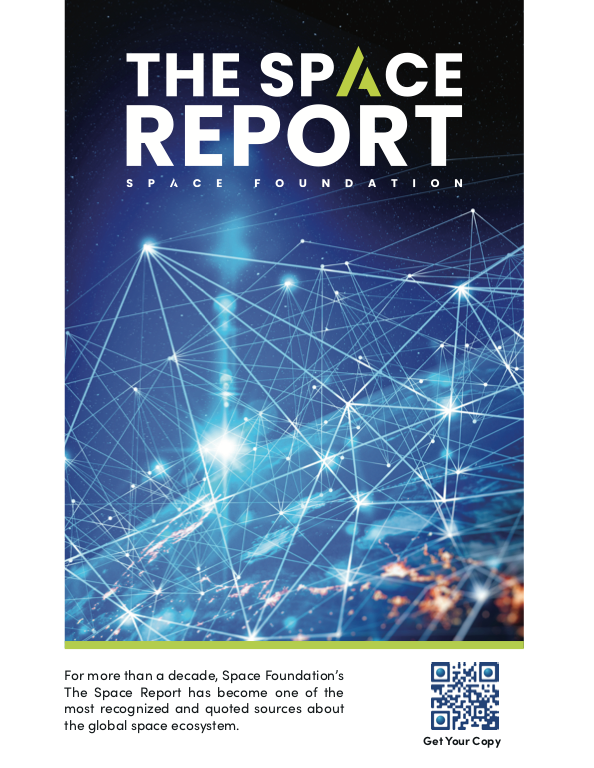The satellite industry is racing forward to virtualize ground infrastructures to keep up with the rise of cloud-based networks — this is driven by the need for greater flexibility and cost efficiency in downloading data and controlling satellite communications (SATCOM).

A virtual ground station (VGS) solution allows for remote control of SATCOM, data processing as well as scaling operations, enabling more efficient use of antenna time and the ability to download data when and where it is needed.
The flexible design of a VGS solution, consisting of virtual modems and multi-GHz front- ends, makes it possible to take advantage of these benefits.

Benefits Of Virtual Ground Stations
One of the key benefits of a VGS solution is its scalability. As the number of satellites on-orbit continues to increase, ground infrastructure must be able to handle the growth in data traffic. Virtualized ground infrastructure allows for more flexibility in scaling operations, making it easier to handle the growing amount of data.
This is especially important for the new space boom and emerging Low Earth Orbit (LEO) constellations, where the need for greater scalability is driving the demand for virtualized ground infrastructure.
Another benefit of virtualizing ground infrastructure is increased sustainability. Traditional ground stations require significant amounts of energy to operate, and the use of physical hardware can lead to a large carbon footprint.
Virtualized ground infrastructure, on the other hand, is more energy efficient and has a lower environmental impact due to its high degree of scalability. This is increasingly critical as the industry faces growing pressure to reduce its carbon footprint and become more sustainable.
Virtualized ground infrastructure also allows for more efficient use of resources. By using virtualized software modems, cloud-based networks and multi-GHz sampling front ends, ground stations can operate with less physical hardware and reduce their reliance on expensive specialized equipment.
This can lead to significant cost savings, making it more economically feasible for missions such as Earth observation to download data when and where it’s needed and only pay for the antenna time actually used.
Challenges Of Virtualizing Ground Infrastructure
Ground infrastructure can bring many benefits and also presents challenges, particularly in terms of security. Since virtualized ground infrastructure relies on cloud-based networks and virtualized modems, it is more vulnerable to cyberattacks.

WORK Microwave’s Digital Block Upconverter DBUC receives
digital baseband signals in DIFI standard from virtualized
software modems and converts them into RF signals, which go
to the high-power amplifier (HPA) for amplification and uplink
to satellite constellations.
As the industry continues to evolve and adapt to new technologies and trends, it is essential for VGS solutions to have robust security measures in place to protect against potential threats.
However, it is also possible to mitigate this risk by running the virtualized modem on- premises, behind a firewall or accessible via a secure VPN only. This allows for greater control over the security of the virtualized system and can reduce the risk of cyberattacks.
It is important for organizations to carefully evaluate the trade-offs between the benefits of virtualizing ground infrastructure and the potential security risks. It’s also imperative to implement appropriate security measures to protect against potential threats.
Overall, virtualizing ground infrastructure offers multiple benefits to the satellite industry, such as increased scalability, sustainability, cost efficiency, and efficient use of resources.
However, it is important to consider the security risks that come with virtualization and take appropriate measures to alleviate them. By taking the necessary precautions, the benefits of virtualization can be realized while minimizing the risk of cyberattacks.
Virtualizing ground infrastructure is becoming increasingly important for the satellite industry with the rise of cloud-based networks and the need for greater flexibility and cost efficiency.

A VGS solution enables remote control of satellite communications, data processing, and scaling operations, as needed, and it increases scalability, sustainability, cost efficiency, and efficient use of resources.
By virtualizing ground infrastructure, the satellite industry can swiftly adjust to change and accelerate the digitization of the ground segment.

For more information on VGS, visit
work-microwave.com/virtual-ground-station/
Author Wolfgang Berger is the Senior System Engineer at WORK Microwave.


